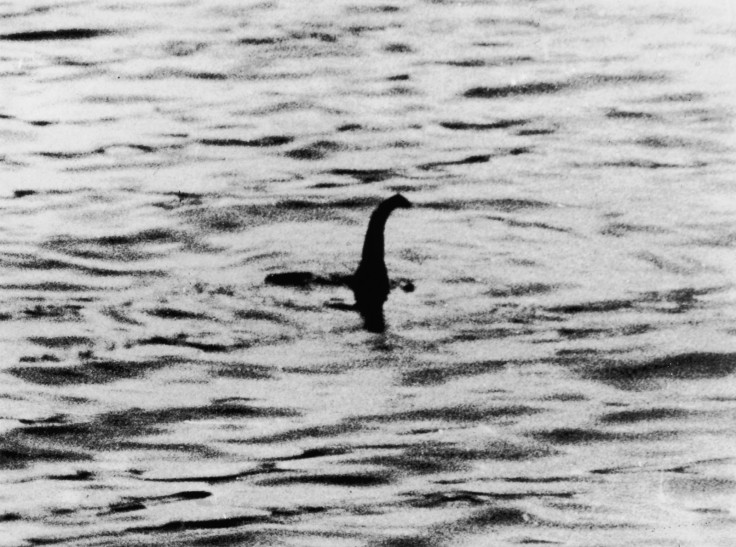Loch Ness Monster is just a 'giant catfish' - says Nessie expert

The legendary Loch Ness monster, which has drawn visitors to the beautiful Scottish lake for centuries, is just a giant catfish, says an expert who has spent a quarter-century in search of "Nessie."
Loch Ness monster is probably a large catfish, says expert who's spent 24 years hunting it http://t.co/jUzzFN3cOE pic.twitter.com/mfqNwygAvq
— Sky News (@SkyNews) July 16, 2015Steve Feltham left his girlfriend and gave up his job to move to the shores of Loch Ness in 1991, earning himself a place in the Guinness Book of Records for the longest continuous vigil in search of the monster.
Various explanations have been given for the sightings and sonar images over the years, from shoals of fish or logs to even a plesiosaur, though how one could have survived there for 65 million years is even more of a mystery.

Some of the sonar readings are of moving objects the size of a car, far larger than anything which is known to exist there - including salmon and seals.
Now however, Feltham, 52, says most sightings are probably of Wells catfish, which were released into Scottish lochs by the aristocracy for sport. The catfish can grow up to 15 feet long, weigh as much as 300kg and live for decades.
"Looking at all the evidence, speaking to eyewitnesses, the most likely solution is a Wels catfish," Feltham told Sky News.
However, he added, "I'm not saying the mystery's solved. I'm still looking for a better explanation than that (Wels catfish). This is an explainable phenomena. There is something to be explained in Loch Ness."
First mentioned by Irish monk Saint Colomba in the sixth century, the legend of Nessie has increased since the advent of photography, though many of the best-known images were later revealed as fakes.
The Loch Ness Monster mystery solved at last? And will we ever see Nessie again? http://t.co/lg5V73jnJo pic.twitter.com/cVoVtJJgOz
— Daily Mirror (@DailyMirror) July 16, 2015With Nessie-hunters estimated to bring in up to £25 million to the economy around the shores of the lake every year, many locals will be hoping Feltham has got it wrong - and that the mystery endures for many years to come.
© Copyright IBTimes 2024. All rights reserved.







